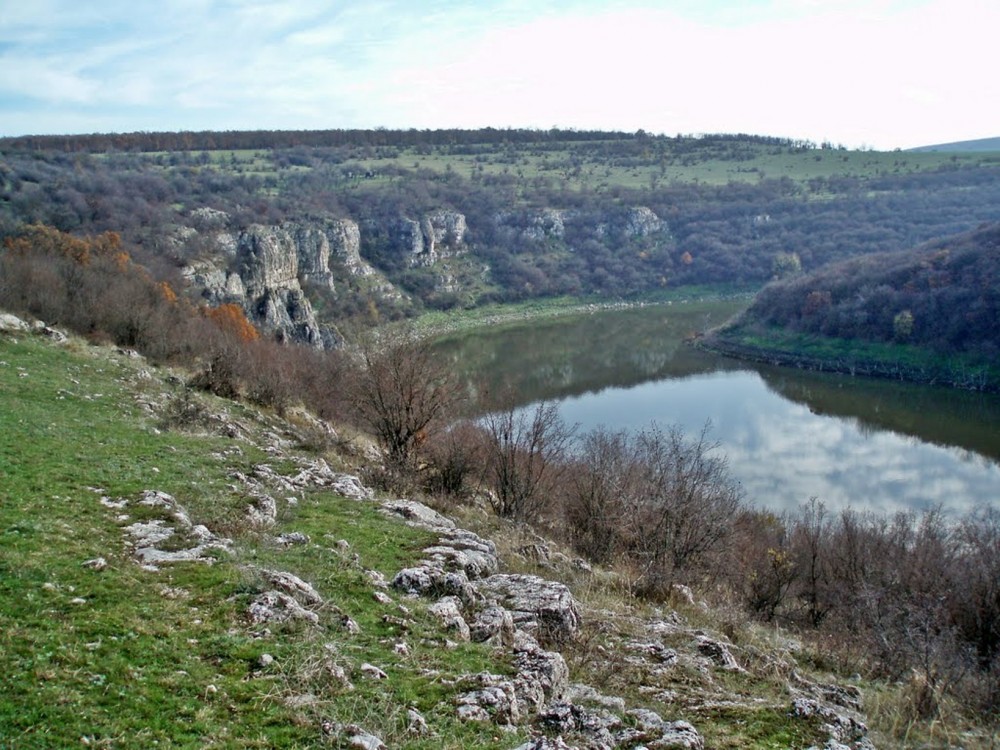
Eight different fortifications of unequal size and strategic importance are tackled in this contribution, namely the ones along the Danube limes, starting at Seimenii Mari, Stânca Topalu — Cariera Cekirgea, Cius — Gârliciu, Luncavița — Milan, Isaccea — Noviodunum, Tulcea — Aegyssus, and two more Late Roman quadriburgia, controlling the inner roads at Mihai Bravu and Mircea Vodă. Excepting for Noviodunum and Aegyssus, none of the above mentioned limes forts was subject to thorough archaeological investigations which is why all of them entered lately into the scope of the Romanian LIMES National Programme. As a matter of fact, within the framework of the World Heritage List nomination preparings, the entire Lower Danube Roman frontier became subject to detailed surveys and drone flight records (with orthographic and oblique shots) which were corroborated with all the information available so far in the archives. Therefore, a partial Forschungsstand for all this intensive research is presented in the following pages. Our approach is formally a holistic one, aiming at integrating and understanding the dynamics of both limes and interior communities, covering their communication mediums, landscape and resources. In this respect, new promising steps were also taken for identifying civitas Ausdecensium at Cetatea (commune of Dobromir, Constanța county), in southern Dobrudja. What we already know for sure is that in the 4th century the members of a prosperous habitation along the imperial road from Marcianopolis, running through Zaldapa, Tropaeum Traiani (possibly, Mircea Vodă) and Ulmetum, to Noviodunum peacefully dwelt within the area of the modern village.
Source: Opriș I.C., Țentea O., Călina V. (2020) The Roman frontier in Dobrudja. Several fortifications not excavated or with undetermined planimetric features. Journal of Ancient History and Archeology. Vol.7, №4: 14-38
Source web-site: http://jaha.org.ro/index.php/JAHA/article/view/582
Number of views: 1836